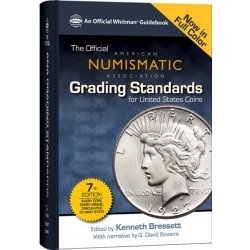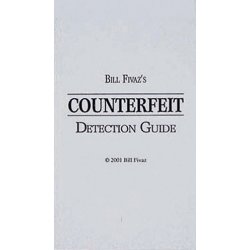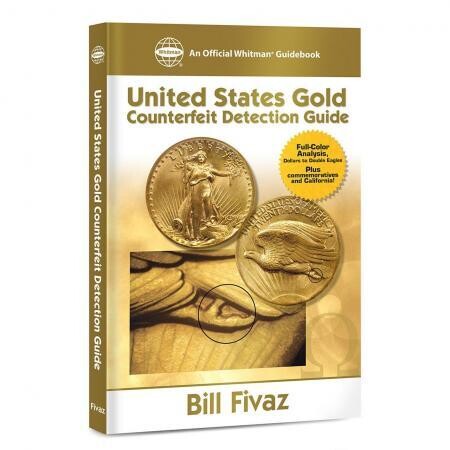Coin Grading & Counterfeit Detecting
Coin grading is an extremely complex, partly subjective, partly objective process that is frequently the primary factor in determining the value of collectible coins. While many coin grading systems or standards have been developed over the years, the prevailing system for grading US coins is based largely on the work of William H. Sheldon in his 1950s book, Penny Whimsy. The Sheldon Scale assigns a numeric value of 1 – 70 based on the condition of a coin, with 70 being “perfect.” This coin grading system, with a few modifications, is the industry standard used today.
Because coin grading is subjective, collectors should learn at least the basics so they can protect themselves from over-graded coins and seek out coins that are nicer for the given grade. Buying certified (third party graded coins) is not always adequate protection as even the grading services make mistakes and, more importantly, some grading services use lower standards and thus routinely over-grade coins. Sometimes, small differences in a coin’s grade can greatly affect its value. Thus, wise coin collectors will at least want to make sure the coins they buy are properly graded, problem-free coins. Given that a grade covers a range, more astute collectors will seek pieces that are towards the high end of the range for that grade (i.e., PQ or Premium Quality pieces) and thus get better value.
Over the years, the techniques used in the process of grading coins have become infinitely finer and more detailed particularly at the higher end of the 70-point range. As a result, it takes a lot of study and experience to accurately grade coins, particularly mint state or proof coins. Grading circulated coins is easier to master and a good grading guide with pictures is an indispensable grading tool. Coin grading guides can also be helpful in grading uncirculated coins. However, no book or set of photographs can completely replace the experience that comes with viewing lots and lots of coins. Thus, to start to develop coin grading skills, one should balance a review of grading guides and books with the study of as many coins as possible. One should compare coins of different grades, identify the differences between the coins and relate those differences back to the components of the grade described in the coin grading guide.
ALL BOOKS WILL SHIP MEDIA MAIL IF ORDERED SEPRATELY FROM OTHER ITEMS








